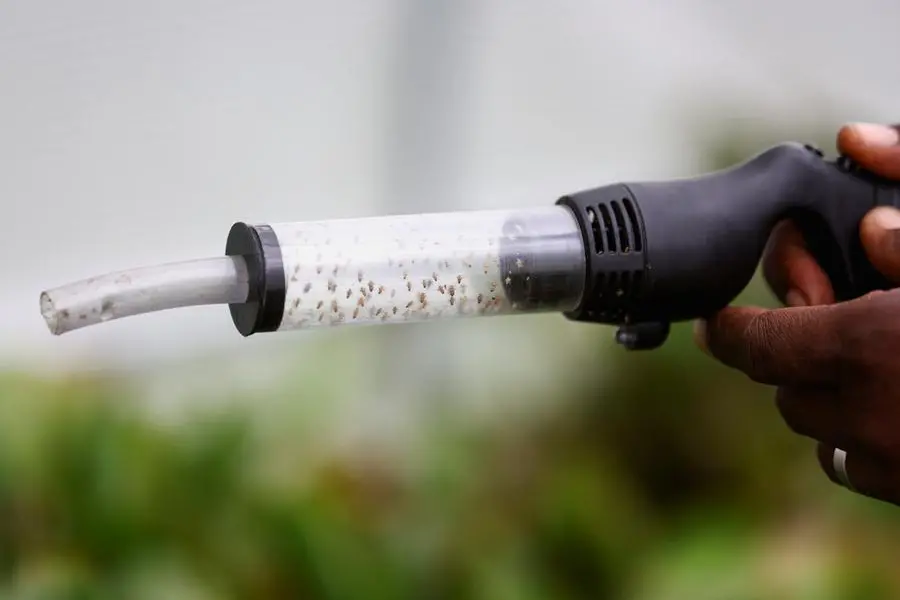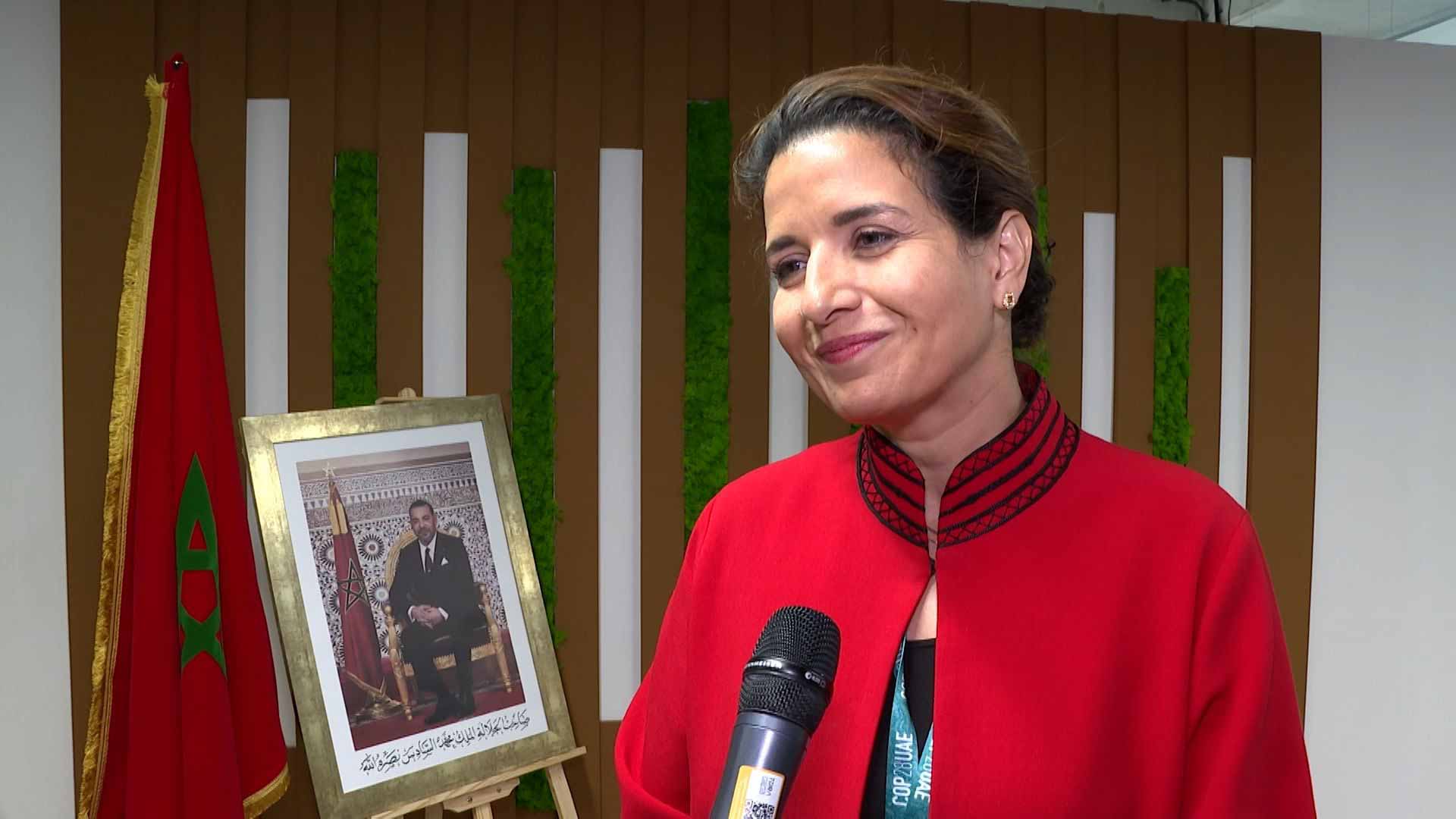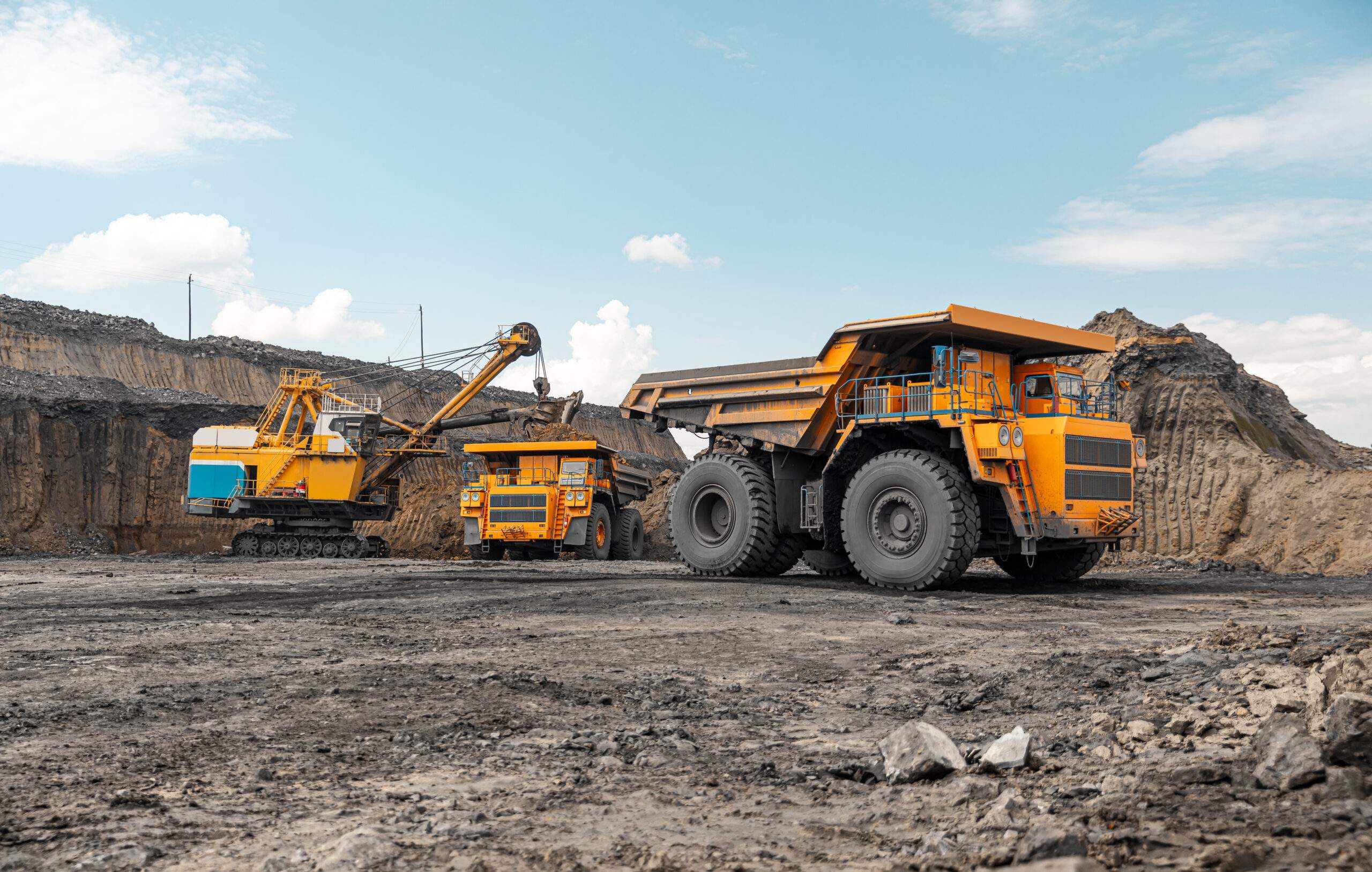Mining in South Africa looks to solar, AI and chickens to go green
WELKOM – On the once bone-dry soil of a diamond mine in South Africa’s central Free State province, Susan Masoha now harvests big bunches of tomatoes, eggplants and spinach.
The former cleaner at the mine never expected to find new work at a regenerative farming project set up on the site – part of efforts by a growing number of companies to show that mining can involve more than extraction.
The aim is to rehabilitate the mining land – and prove that the sector, much criticised for its environmental impacts, can be greener while providing new ways to make a living.
“I never knew a mine could also be a farm,” said Masoha, 34, who briefly worked at the mine in 2019 until Homestead Diamonds – a diamond sampling and mining company with a mission of sustainability – bought the mining rights one year later.
Full-blown mining has been paused there as the firm undertakes surveys to detect the presence and quality of diamonds before deciding whether to resume operations. At the same time, Homestead is focusing on rehabilitation of the land.
“I thought that if a mine halts operations, they close the whole place and jobs are lost,” Masoha added, sitting on a bench next to a vegetable garden growing produce from basil to barley.
She also looks after hundreds of free-range chickens on the site where wastewater pods that filter sewage water have also been installed.
The land in Welkom – the second-biggest city in the province – is part of Homestead’s plans to test if a rehabilitation blueprint could be established for other mines worldwide.
Strategies to make mining more sustainable are key today as a shift to greener energy – which requires more batteries, solar panels and wind turbines – drives a surge in mining of ‘green’ metals such as cobalt, copper and lithium – most of which are located in sub-Saharan Africa, according to resource experts.
MINING RENAISSANCE?
South Africa’s economy has depended on valuable underground resources since the first diamonds were discovered in the country in the mid-1800s.
It is today the world’s seventh-biggest coal producer and the leading one in Africa, as well as being the fifth-largest diamond producer by volume and the tenth-largest gold producer globally.
In 2021, mining contributed about 481 billion rand ($26.4 billion) to South Africa’s GDP – a 36% rise from the previous year – buoyed by strong commodity prices after a year of COVID-19 lockdowns, said the Minerals Council, an industry body.
But a long mining history has also left the country with about 6,000 disused and unrehabilitated mines, and organisations such as Human Rights Watch (HRW) have warned about the risks of polluted water and damaged agricultural land as a result.
Some of South Africa’s functioning mines, meanwhile, are launching efforts to cut their own carbon footprint as part of a green transition, using technologies such as solar panels, artificial intelligence and hydrogen-powered haul trucks.
But climate researchers say mining companies must not rely solely on such innovations and that deeper changes to their operations will be required if green goals are to be met.
“This is an opportunity for a mining renaissance in South Africa, and on the continent,” said Nick Hedley, an independent climate change and energy researcher based in South Africa.
“Of course, we need to minimise the damage from extracting the minerals needed in the energy transition, while ensuring that mining communities reap the benefits,” he said.
SOLAR POWER, SENSORS AND AI
Since 2007, South Africa’s ailing energy grid has crippled businesses struggling to stay afloat as power cuts have become increasingly frequent and lengthy, lasting up to 10 hours a day.
The shortages have helped drive mining giant Pan African Resources’ Evander gold mine toward more use of solar energy.
In 2019, the mine rolled out 26,000 solar panels to produce roughly 10 megawatts (MW) of clean electricity, with further expansion planned soon.
The company said it will recover the 144 million rand ($7.9 million) spent on the panels in about four years, by saving money it would otherwise have paid to state power utility Eskom.
The firm has generated 6% of its energy from solar – saving 3 million rand ($163,594) per month on electricity bills.
The renewables initiative also saves an estimated 26,000 tonnes of CO2 emissions per year, about 7% of the group’s total emissions in South Africa or the equivalent of 5,082 cars driving for a year, the company said.
Faced with a lasting energy crisis, “South Africa is just going to have to think differently about how we do things,” said Wayne Allen, an engineer with Pan African.
Mining tech specialist Martin Loock, meanwhile, is using AI to help mining firms reduce costs and emissions.
His firm, AI Africa Mining, collects data from sensors in mining machines to determine when components of certain equipment – such as catalytic converters that filter out harmful gases – need repairs and maintenance.
Access to such data could speed up repairs and reduce the amount of pollutants released by machinery, he said.
“New technology can help mining companies see their shortcomings and understand what they can do to improve,” Loock added.
PARADIGM SHIFT
South Africa is often seen as a test case for developing nations seeking to cut emissions and develop a greener economy while also ensuring their people benefit – a so-called “just transition”.
The United States, Britain, France, Germany and the European Union have pledged a combined $8.5 billion to ensure the nation can afford to move away from coal towards cleaner industries.
But private firms are playing their part in the shift too.
Mining firm Anglo American, for example, aims for its South Africa operations to run entirely on renewable energy by 2030, generating 3-5 gigawatts (GW) of clean energy – as much as the entire country has installed to date, Hedley added.
As debate rages on over the benefits and limitations of green mining, the sector’s boom shows no sign of slowing down.
The World Bank estimated in 2020 that production of minerals would need to rise by nearly 500% by 2050 to satisfy demand for clean tech to meet the climate goals of the Paris Agreement.
The African Union and other regional bodies are developing the African Green Minerals Strategy, which aims to ensure that source countries benefit from their own mineral resources.
At the Homestead site, chief executive officer Emma Muller said she believes regeneration efforts on the 250 hectares of land could be sustainable with funding from diamond mining but also carbon credits from tree planting, farming and solar parks.
Mining “cannot just be about extraction any longer,” she said. “It has to be about giving back.”
(Reporting by Kim Harrisberg; Editing by Kieran Guilbert and Laurie Goering)
Share this content:














